One of the things that I was involved in; a hobby really, was the design of numerous wooden sail boats. This occurred when I was in land-locked Indiana. It was hot, boring, corn as far as the eye can see, and I worked in a “real life” Office Space environment. My only escape was hope.
I well remember the day trip that I, as a young AOC at NAS, NASC Pensacola, Florida and my class 21-83, enjoyed. It was on a 53 foot (as I recall) ketch, and we spent the afternoon sailing in Pensacola bay.
I well remember the sun, the breeze and how all my troubles melted away as we enjoyed the day. We learned basic seamanship, watched dolphins sail along side. We practiced overboard drills, and watched our sails go luffing.
But Indiana was harsh, cold and barron. I worked as a drone in a cubicle mill for the mega-company General Motors in one of their divisions; Delco Electronics.
And in those days, the hope was to sail away to an interesting place at the other side of the world. Here we will touch on some of the beauty of wooden sail craft. I had met numerous people who were building their own sailboats, mostly out of steel, and then hauling them to the great lakes and living their dream of freedom and escape. It appealed to me at that time, and I bought every book that I could get, and read them all voraciously.
I subscribed to magazines about sailing and adventure. I also equipped my home with a fine tool shop of wood and metal working tools, and bought the plans to construct a 53-foot ketch. I was that “into” the dream. There is really so much to cover in this venue, that I am just going to bounce around from here to there and let the pictures tell the story.
Sailboat Hull Types
Sailboats ride on different hulls, which differ in the total number of hulls and their shape. It’s really simple, actually.
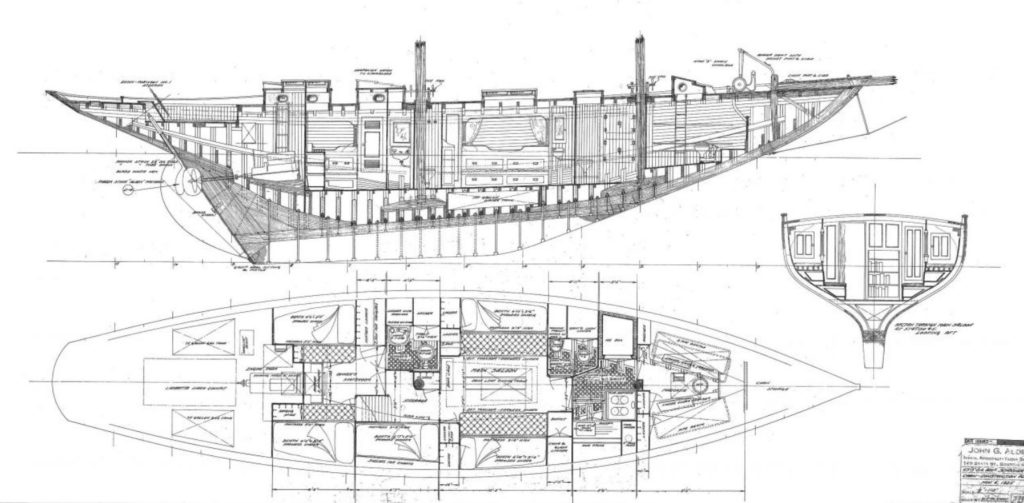
The basic three hull types include:
- Monohulls (one hull)
- Catamarans (two hulls)
- Trimarans (three hulls)
Monohulls Monohulls have one hull but that doesn’t make them all the same. Traditional monohulls may have full keels (heavy encapsulated ballast that runs along the bottom of the hull), cutaway keels (similar to full but the forefoot is cutaway allowing the boat greater maneuverability in tight quarters) or bolted on fin keels that may have a bulb at the bottom for extra ballast to keep the vessel stable.

Monohulls can also have a swing keel, daggerboard or centerboard that retracts up into an appendage in the hull itself.
With the keel or board up, the boat can enter shallow water and can travel faster downwind. With the keel down, the vessel tracks better upwind. Small monohulls like sailing dinghies, may also have shallow planing hulls that can surf off a wave.
Finally, monohulls can also foil on appendages (usually made of carbon fiber) with the actual hull out of the water when a minimum speed is reached.
Catamarans Catamarans (often nicknamed “cats”) have two hulls with a deck or trampoline in between. Large cats (35 feet and over) have become popular in charter use because they offer more interior and deck space and an easier motion to induce less seasickness. Small catamarans usually have just a trampoline in between the hulls and make fun daysailers.
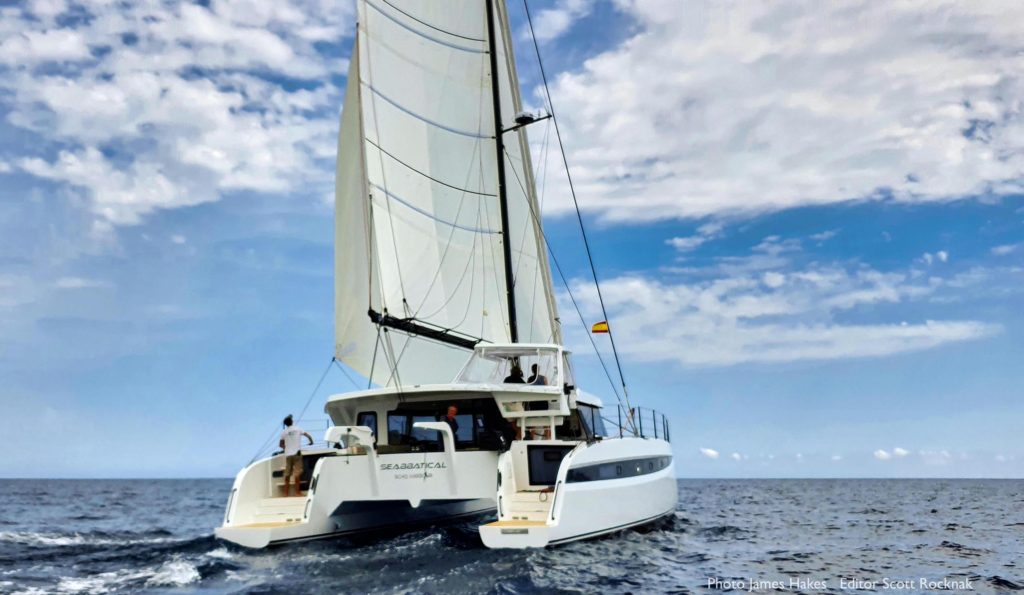
Because catamarans don’t have deep and heavy keels, they tend to sail faster off the wind.
Foiling catamarans were made popular by the America’s Cup races and are proliferating into general cruising use.
Trimarans Trimarans have three hulls: a main hull and two amas (side hulls used for stability). On some trimarans, the arms that hold the amas can fold inward, making the trimaran narrower and in some cases trailerable. Large cruising trimaranas are gaining popularity because they are stable and fast sailers.
Sailboat Rig Types
Sailboat rigging includes:
- the mast(s);
- boom(s);
- and the shrouds or stays that hold up the mast.
A sailboat with one mast is usually a sloop with one mainsail and one headsail. A cutter rig usually has one mast but two or more headsails. This rig “cuts” the foretriangle between the head (forward) stay and the main mast. Multiple headsails allow for flexible sail combinations in variable wind conditions.


Ketches and yawls have a secondary mast behind the main one. The ketch configuration places that mizzenmast behind the mainmast but ahead of the rudderpost while the yawl places it behind the post.
The second mast is shorter than the main mast. Both of these designs (split rigs) provide more sail area that isn’t reliant solely on the height of the mainmast and therefore can be easier to manage when sailing shorthanded.
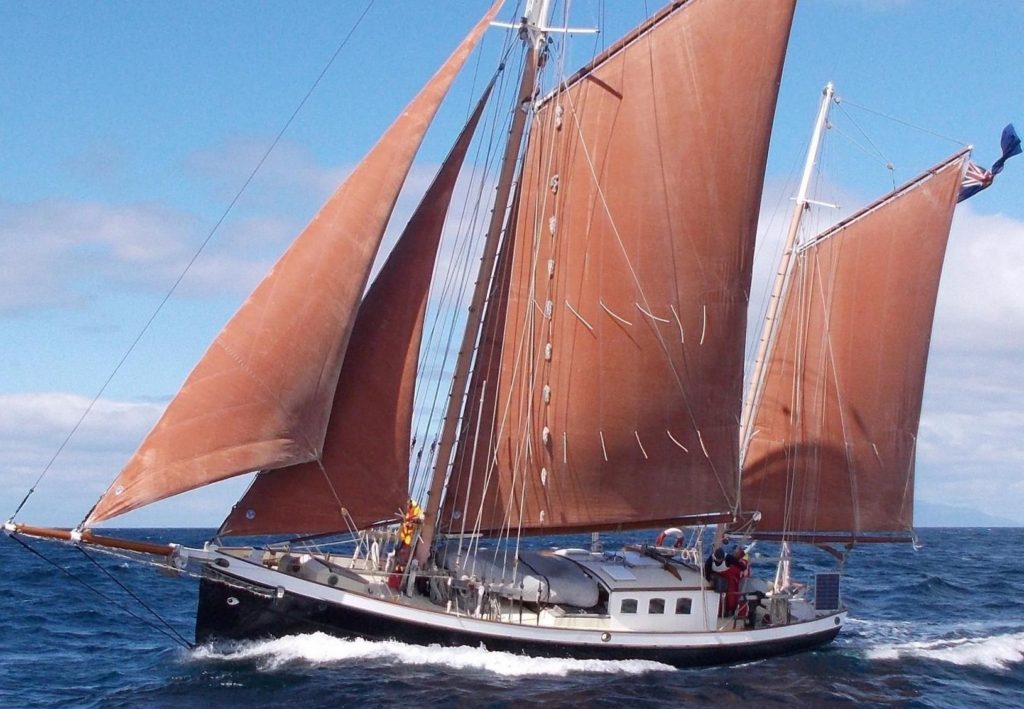
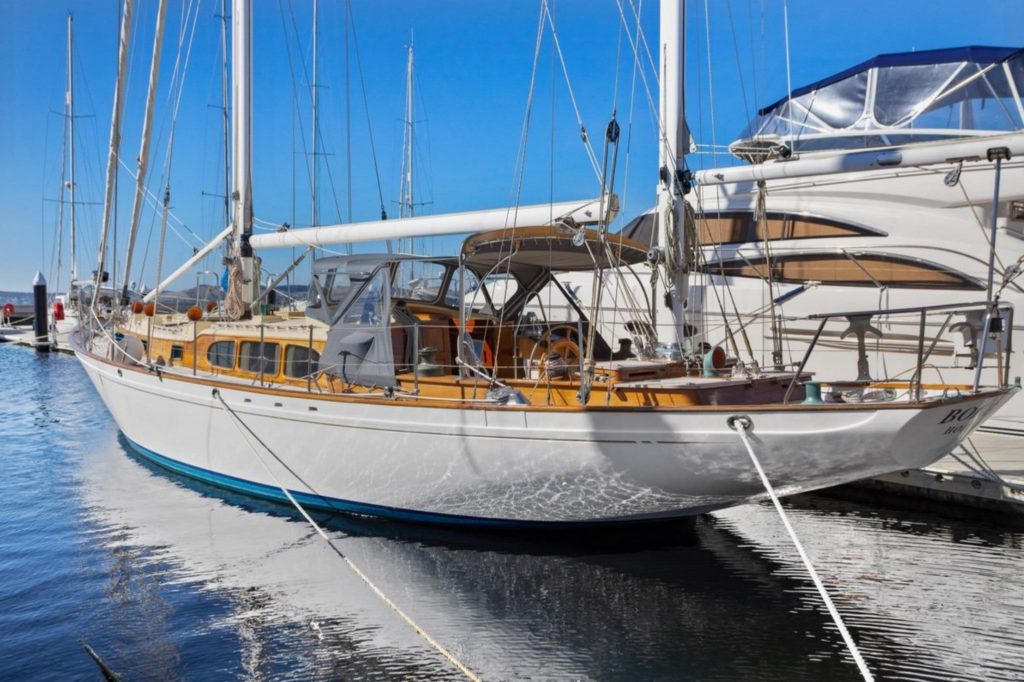
Schooners also have multiple masts—two or more. However, the foremost mast is shorter than the main mast. Tall ship rigging is in its own category and can get quite complex.
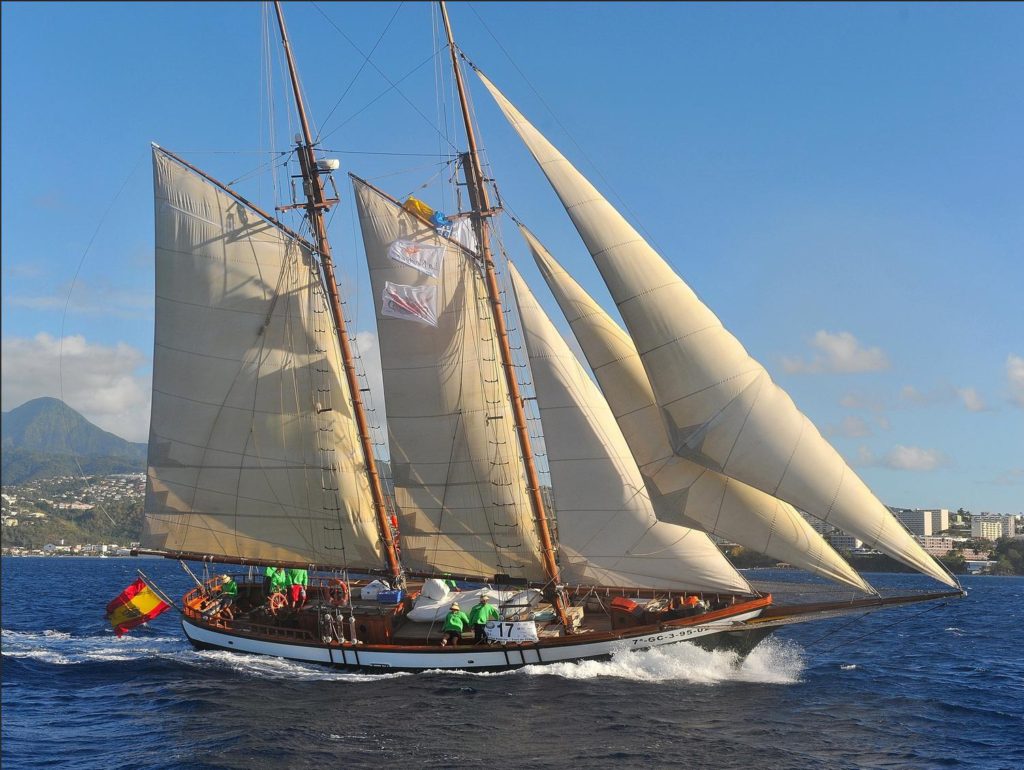
Most Rigs are Marconi Rigs
Most of the rigs are known as Marconi rigs. Meaning that it’s just one sail to catch the wind. But my love is for the Gaff rigs. Here is there is a sail above it to catch the littlest wisps of air that lie above. It’s rarely seen today because it’s really a lot of work.
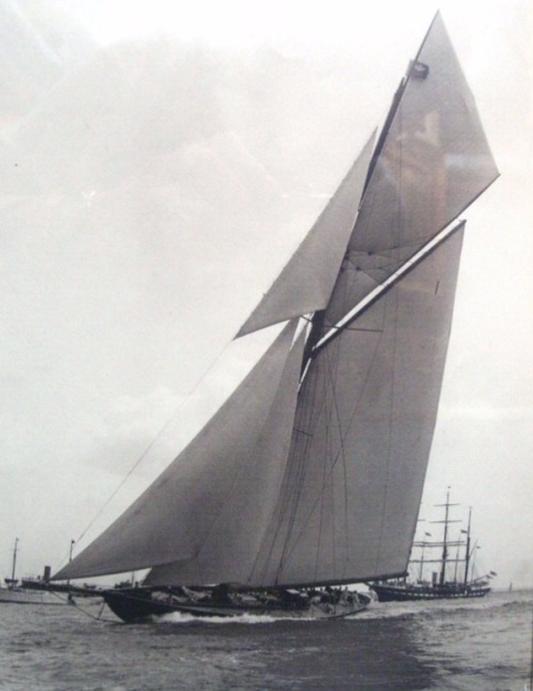
Sailboat Types by Primary Use
You can do many of the same things on all sailboats, but some types are more specialized.
Sailing dinghies: Small boats usually sailed by one or two people, sailing dinghies are often used to teach new sailors. That said, experts on high tech sailing dinghies compete in athletic racing up to Olympic level.
Day cruisers: Although any sailboat can be cruised for a day, day cruisers are often boats shorter than 30 feet that are designed to be sailed for an afternoon. They’re usually more Spartan in their outfitting and may or may not have a cabin with amenities.
Sailing cruisers: These sailboats can be monohulls or multihulls and are designed to cruise for weekends or longer. They usually have a berth (bed), a head (toilet) and a galley (kitchen). They can be sloop, cutter, ketch, yawl or schooner-rigged and vary in length (from 25-85 feet). Larger sailboats tend to fall into the crewed superyacht category.
Racing sailboats: Most offshore racers are larger boats crewed by multiple individuals while smaller racers can be single or double-handed. Racing boats are usually built lighter, have fin keels and laminate performance sails.
Racer/cruisers: These designs try to straddle the two above. They’re usually more lightly built cruisers with full amenities so they can be weekended. Some people will argue that these boats are a compromise for owners who want to primarily cruise but also race.
Bluewater cruising sailboats: These boats are designed to cross oceans or sail “blue waters.” They’re typically heavier in build with a stout rig and are fully equipped for extended offshore use.
Motorsailers: This term has fallen out of favor since it’s often pejorative. These sailboats may rely on the engine to sail in light wind conditions, especially due to their excessive weight.
Antique/classic sailboats: These are usually older restored vessels. They may be built of wood and have classic yawl rigs. These sailboats are often showcased in special events.
Sailboats occupy multiple segments and experienced sailors learn the finer points of design and use. Then, they never see two sailboats the same way again.
Just some pictures of beauty
We start with…
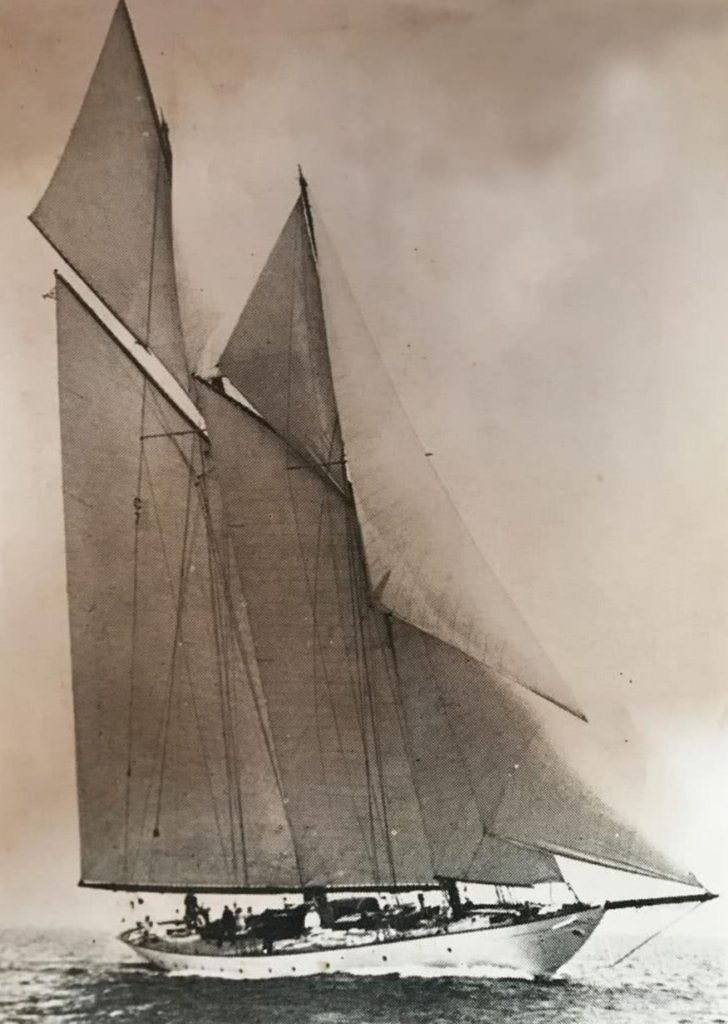
And this…
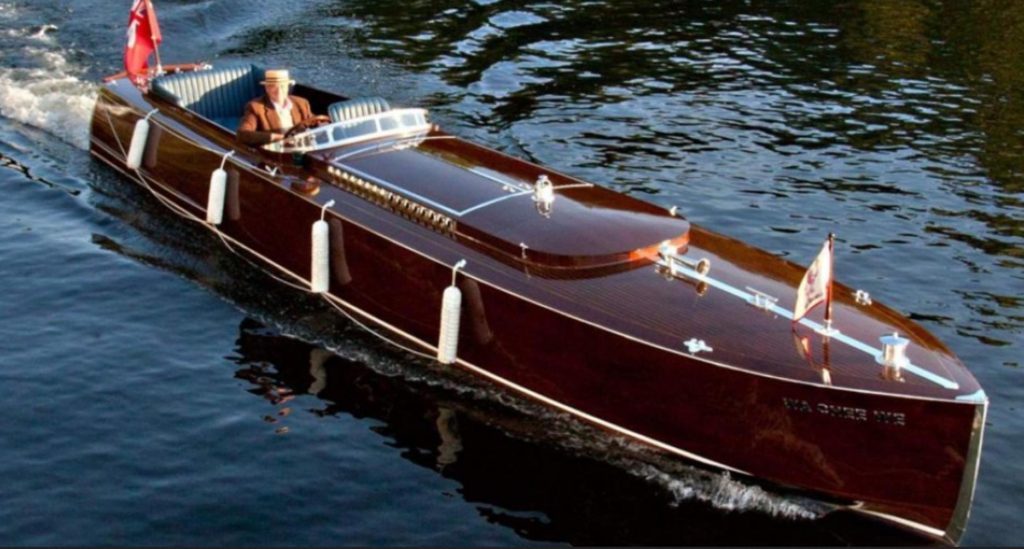
My love for these works of art has never diminished.
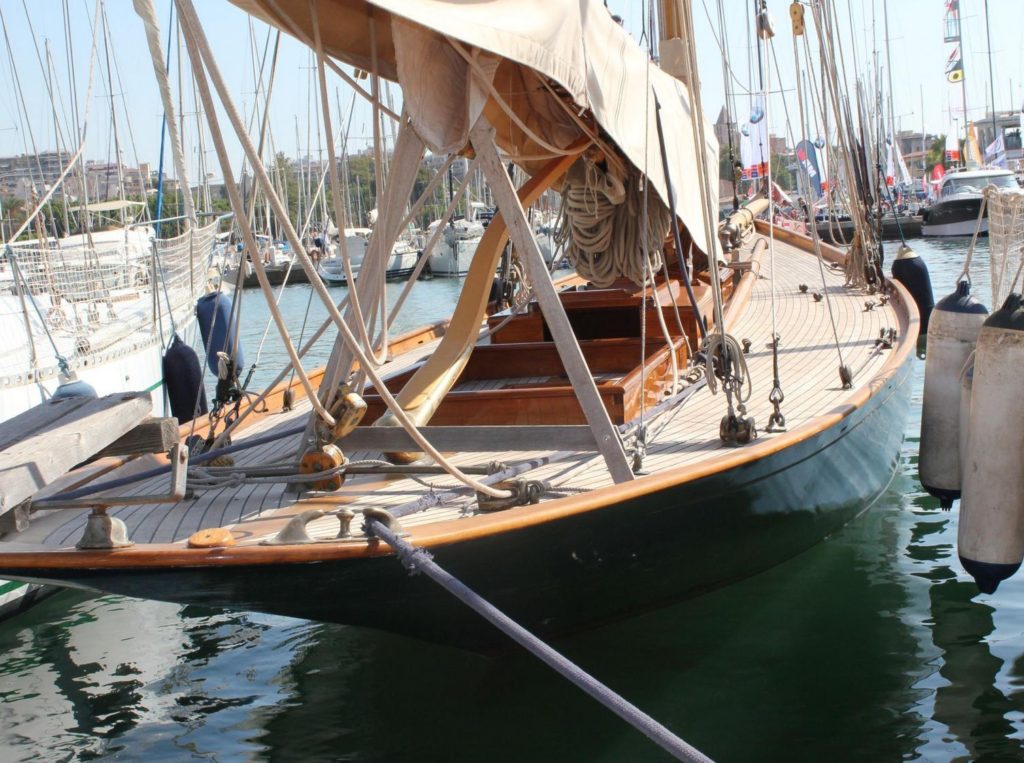
And…
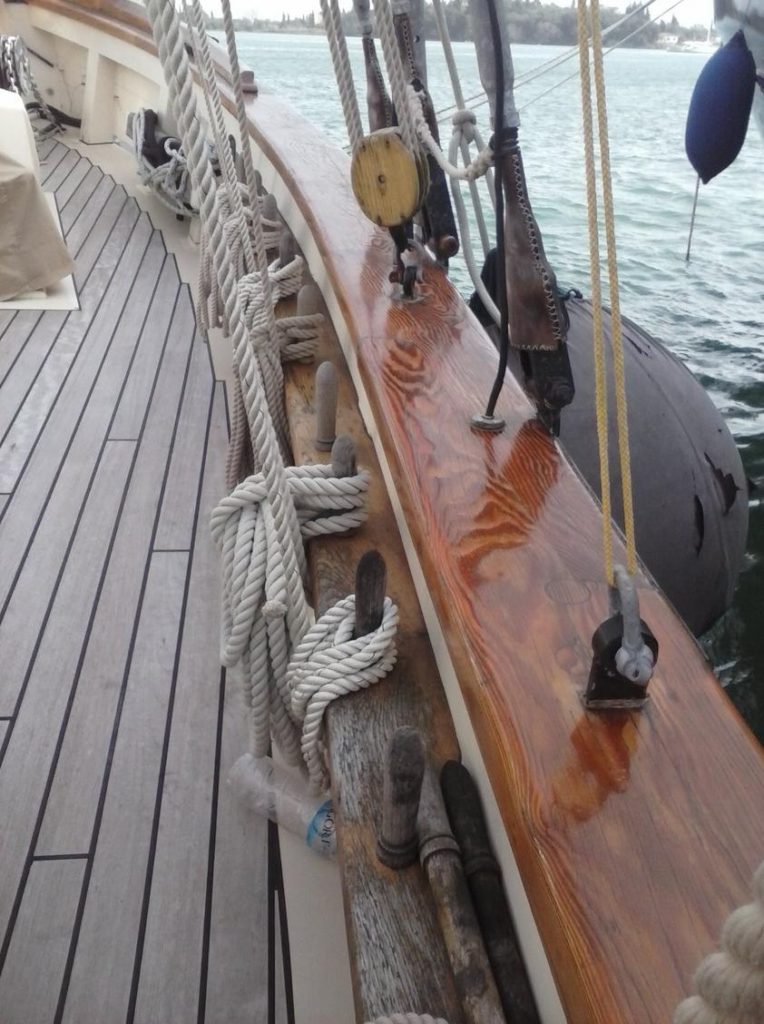
And…
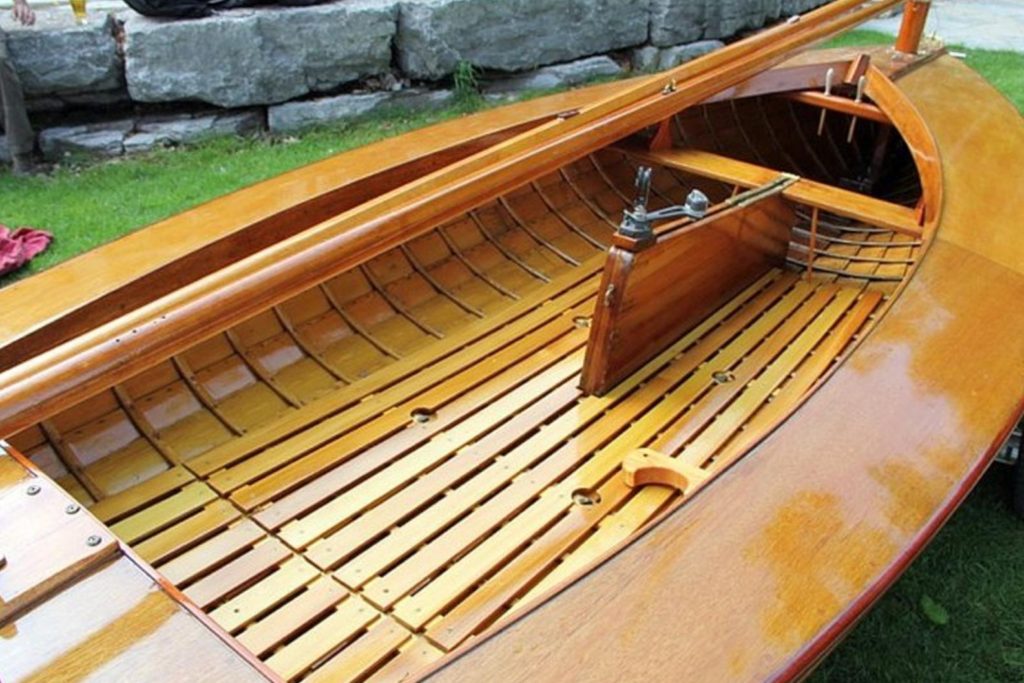
And…
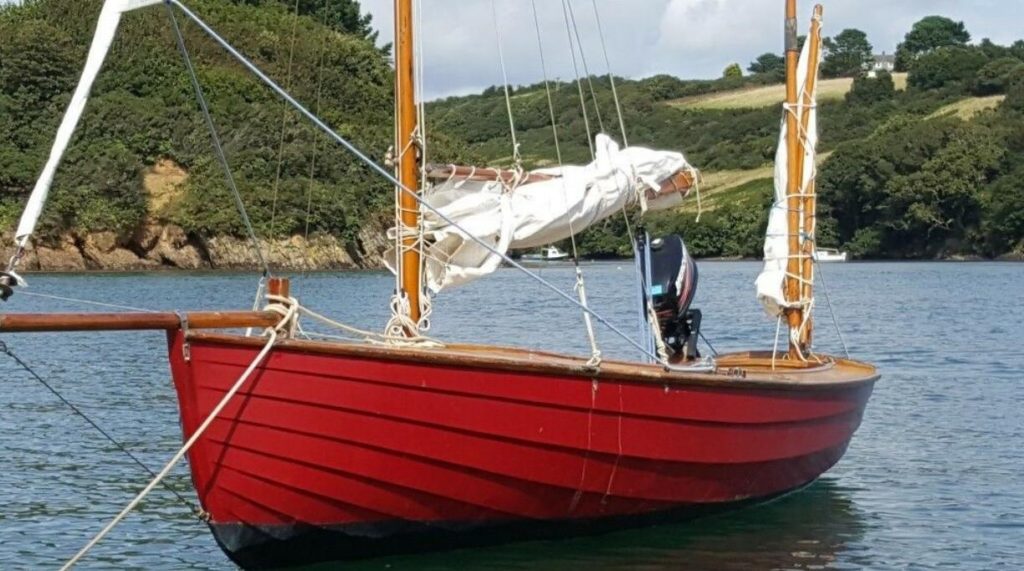
Some interiors
Let’s take a look what’s inside…
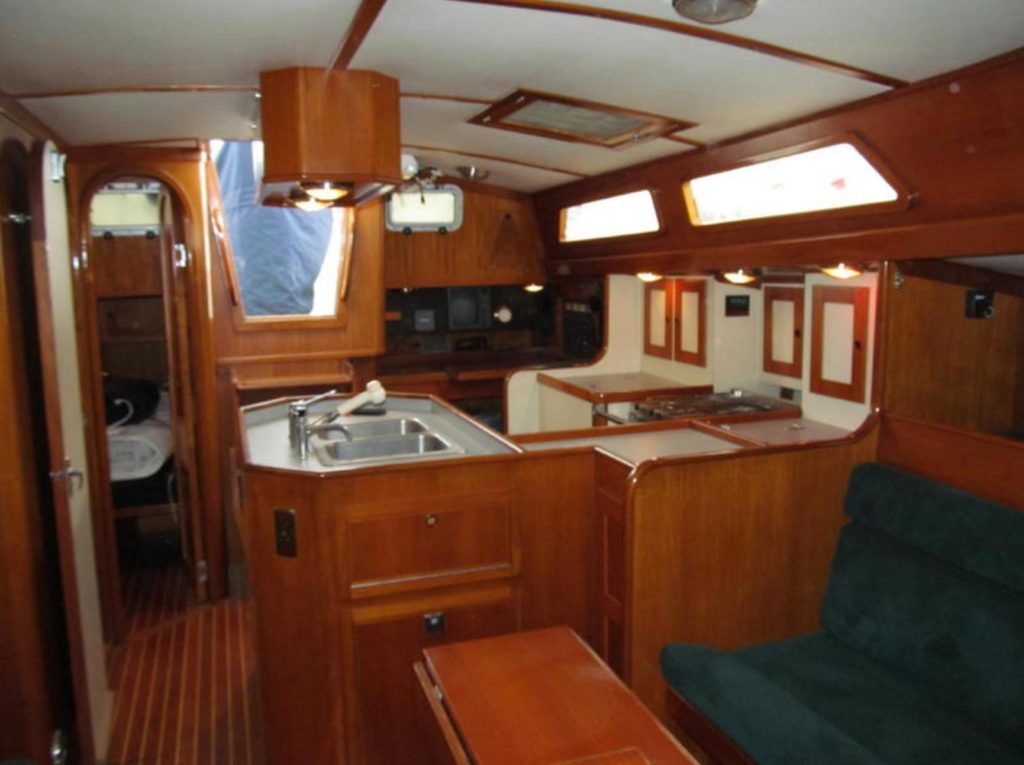
And…
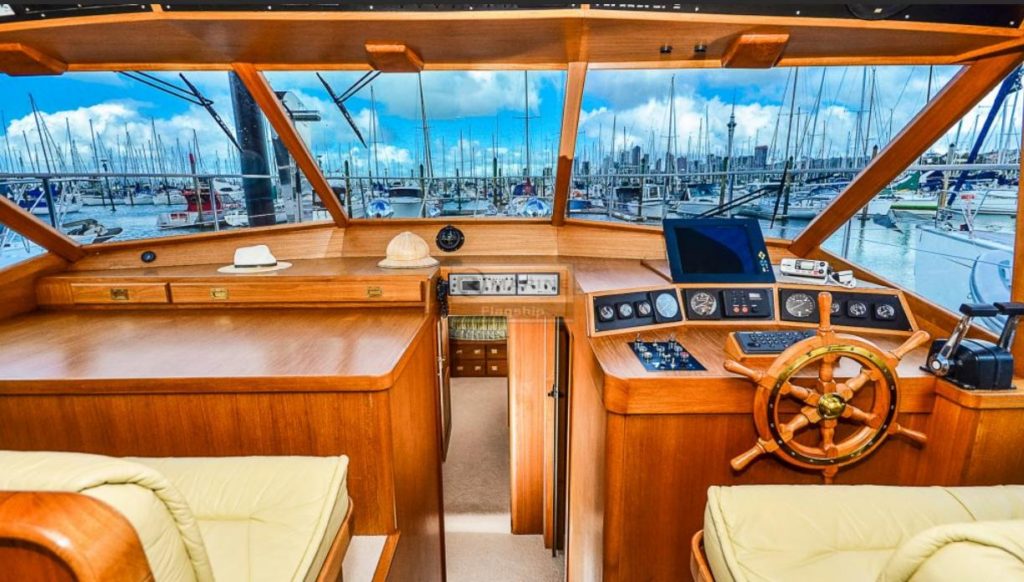
And…
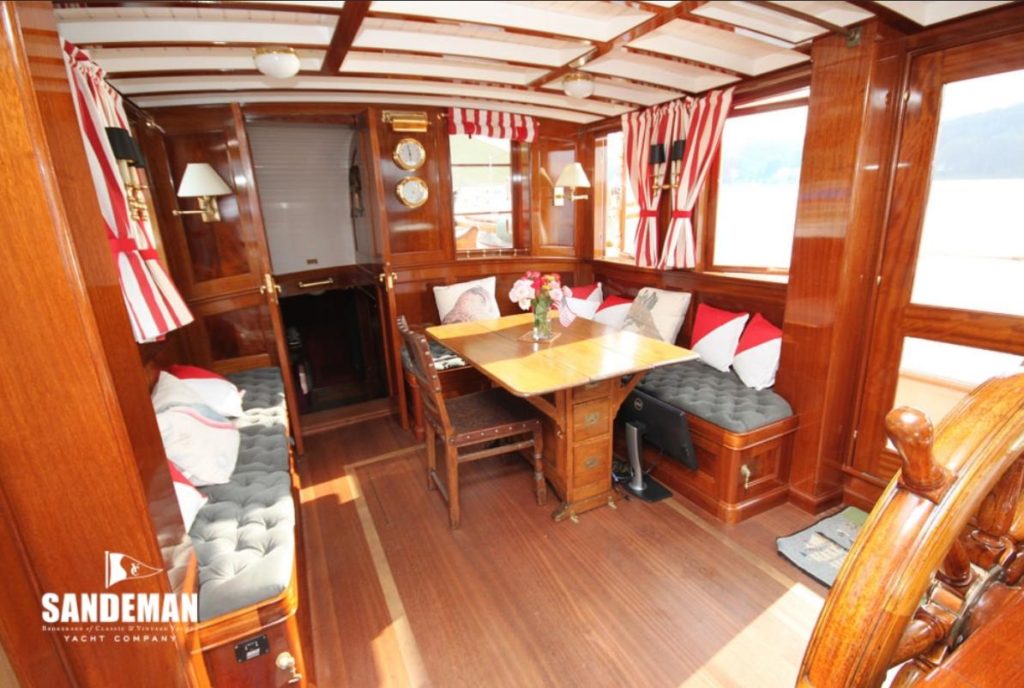
And…
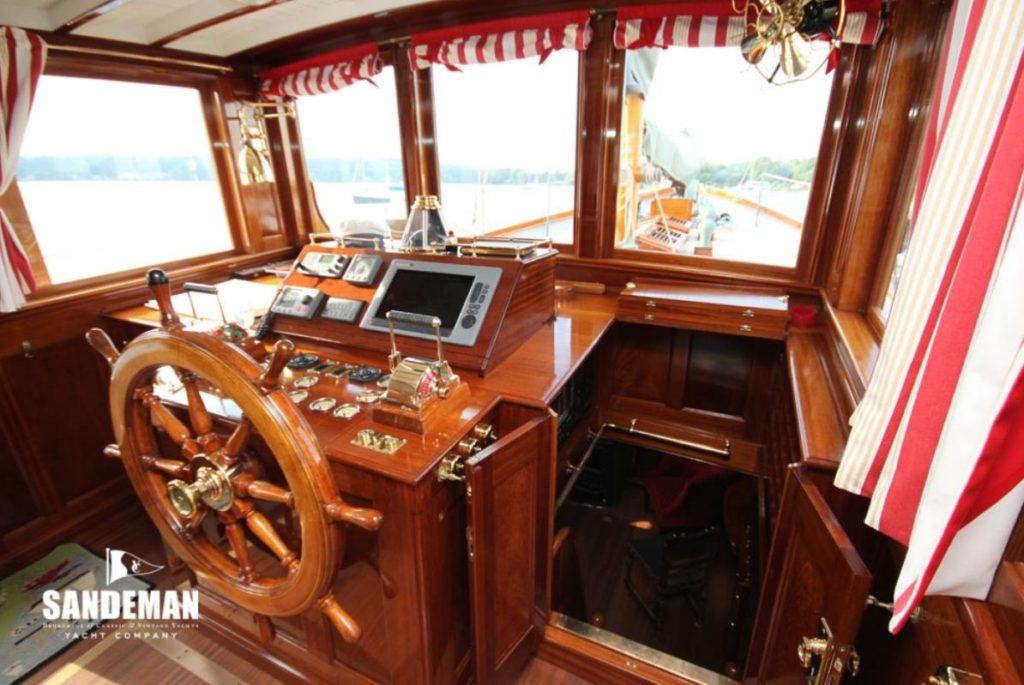
And…
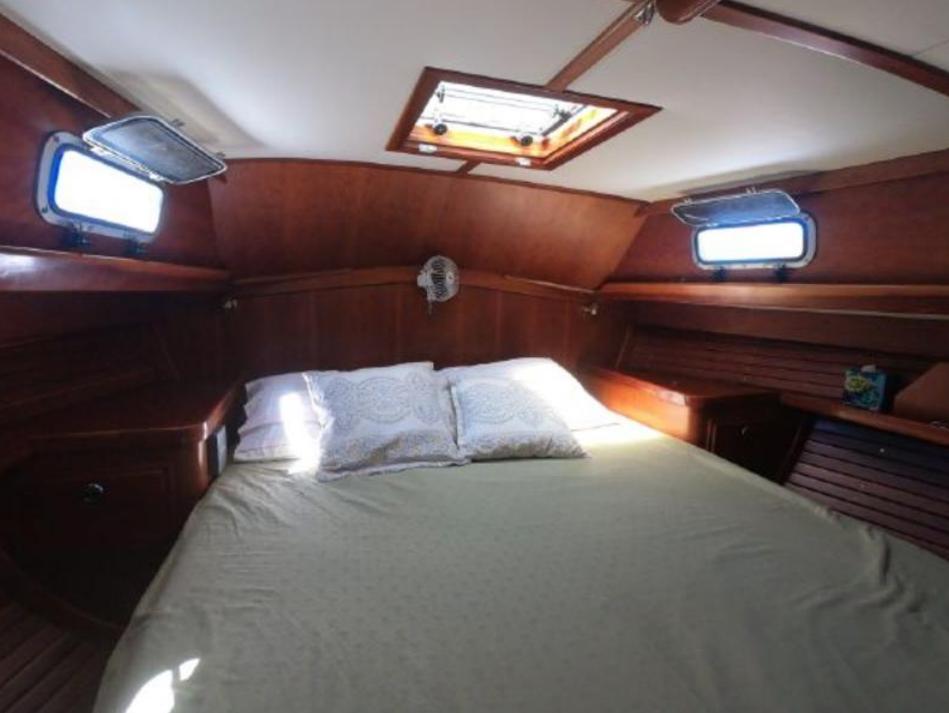
And…

And why I Love it
Conclusion / The end of the story
I was laid off. I wasn’t given any notice. I was just told to hand in my badge and never come back.
For the remaining five months I laboriously tried to find work elsewhere, and then when I did, I had to sell off most of my tools, books, and abandon the framework of my dream sailboat.
It’s called life.
You would think that my manager and his manager, and his boss, and the boss above them would have the compassion to give someone who worked for them for five years the consideration of a month’s notice, or some severance pay. But they didn’t.
I was only an engineer, and a disposable one at that.
So I left Indiana, and moved on with my life. And two years later, my life was substantially better, nicer, and in every way a great improvement.
So don’t get all caught up in the negative aspects of the twisty and turny thing called life.
You adapt to the changes as they are and not pine away for what you wish them to be.
I still have and possess my love of sail, water, the ocean, boats and all the rest.
Years passed.
I obtained work in the South Pacific in American Samoia.
However, after living in Pago Pago and actually meeting the people who wrote those articles praising the lifestyle, I (and my wife) decided that we really didn’t want to have any part of it. Pago Pago was beautiful. It was lovely. But the sailing LIFESTYLE was not.
Not at all. It’s a life of hardship and not as glamorous as it was made out to be in all those magazines and books that I read.
Yet, here I am.
I am living a life of adventure and delicious food.
So when one dream collapses another materializes to take it’s place. That too is called life.
Embrace it.
Do you want more?
I have more posts in my Happiness Index here…
Life & Happiness.
Articles & Links
Master Index . You’ll not find any big banners or popups here talking about cookies and privacy notices. There are no ads on this site (aside from the hosting ads – a necessary evil). Functionally and fundamentally, I just don’t make money off of this blog. It is NOT monetized. Finally, I don’t track you because I just don’t care to.- You can start reading the articles by going HERE.
- You can visit the Index Page HERE to explore by article subject.
- You can also ask the author some questions. You can go HERE to find out how to go about this.
- You can find out more about the author HERE.
- If you have concerns or complaints, you can go HERE.
- If you want to make a donation, you can go HERE.



Such beautiful woodwork in and on those boats. I remember years ago, my sister’s husband had a houseboat on the intercoastal waterway in Florida. Snorkeling was like swimming in a giant aquarium with all kinds of colorful fishes. Probably 50 or 60 feet deep there and so clear, you could see all the way to the bottom. Caught a good size flounder but it got off the hook as soon as I landed it. I think it made my Dad a bit mad. I think he really wanted to eat that fishy!
Also, back in the early 70’s, We went to Disney World and pops rented a sail boat. I was just 6 or 7 at the time and we caught a big wind. That boat was movin fast but either the sail wasn’t set in the right place or dad wasn’t headed in the right direction. Next thing I remember was the boat was up on it’s side and I’m hanging from the gunwale for dear life. Yep, it capsized. And a big Disney boat soon came to rescue us. Good times…
Ah, did not remember this bit about your career! This is something I can relate to! I’ve had several boats in my life, from small skiffs to bigger motorsailors, but one thing remained; they were all wooden. The smell of tar, sweat and paint, first warming sunrays in your back as you skrape off the old coating. Sharing stories with the other sailors working in the dry-dock, perhaps share a smoke and a beer, too. That is Life, with a capital L. Life as it has been forever. Life as it should, and will be.
And with this picture a small wave to my friends in Hämenlinna! This was the boat I had while living there. For those that it matters, I’m still kicking! Love you very much, hope to catch you on the flipside. Now, alas, it is not possible.
And thanks JC for the occasional ‘loan’ of this account. I know you don’t mind.
… And MM, I’ll be in touch after things cool down.
10-7 and out.
Yours,
Janus
Oh Janus what a beautiful boat.
You have been missed, and numerous people tried to reach you through me as they were concerned.
I told them not to worry, but that you were on the mend, but were well. I told them not to worry as things were unfolding as they should have given your situation, and that change was just nothing to worry about.
They were strangers that could be anyone. So I just left things as they lay. Take your time. And again, Love your boat. It’s a real beauty.
Thank you so much for everything! And I do mean EVERYTHING! I’m sure you don’t mind, but just to be sure. Is it ok, if I use this forum for occasional dead-drop? Hiding in plain sight, you know.🤫
I’m sure your replies hit just the right tone for dear friends and assholes alike.😂 Much appreciated. I fill you in after I get sorted here.
I owe you big time. This will not be forgotten.
10-44, and the Warden sends her love!😘
J.B.
Of course. No worries.
Decidedly you have more than one trick up your sleeve, it’s an experience that I had the discovery and learning of sailing in summer camp for 12 years, the last but the most intense and what a matrix springboard for the intellectual and the imaginary. very big lake, one morning on a very small single-seater, and in the afternoon, no luck, there was no more boat for me. But the instructor, seeing that I had done well, offered me the possibility of immediately putting sailors or a crew member on a 7 or 8 meter catamaran. It was magical, wonderful and you had to be very diligent because it was very dangerous. But the mental analogy of this suddenly discovered passion helped me to construct and shape an equivalent in ISBE, an experimental explorer feeling the laws of the environment, standing on the right side to control the centrifugal inertia caused by the force of gravity. When turning and setting down, always pay attention to moving parts and the final direction of the boat. It’s a living metaphor, let’s build our boat with our own wood, adjust the sails according to the winds and the navigator will adopt his route according to the relief of the waves of the expanse he travels, adapting his heading and speed to not to capsize by breaking and tearing the sails of his own wooden boat
“Land-locked Indiana”?? WTF??
Ever hear of that little pond called “Lake Michigan”??
Part of Indiana’s northern border is in fact Lake Michigan. I am certain that that body of water would challenge ANY craft or Sailor in adverse conditions. 20′ swells are not that uncommon.
~~~
Nice boats.